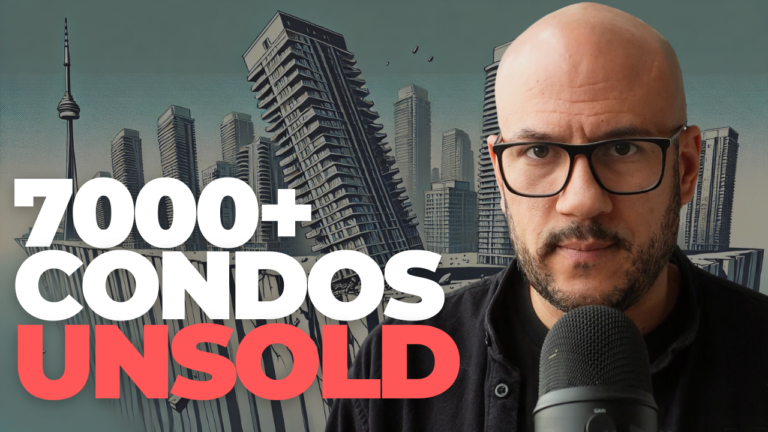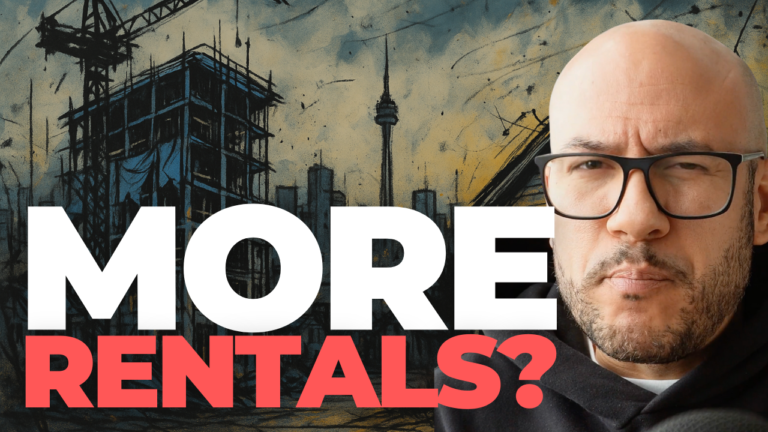📌 Deciding between the city or suburbs for your family? It’s a huge decision for parents in Toronto. Many assume that the suburbs are the best choice for space, affordability, and schools—but is that really true? In this post, we compare the pros and cons of city vs. suburbs for families and help you decide what’s best for your lifestyle and budget.
But is that actually true?
The reality is, moving to the suburbs isn’t always the best option. Yes, you might get more space—but at what cost? Longer commutes, higher transportation expenses, fewer walkable amenities, and less cultural exposure for your kids.
In this deep dive, we’re breaking down the real differences between city vs. suburbs for families, comparing:
Home affordability at different price points
Commute times and accessibility
School quality and family-friendly amenities
Long-term investment potential
The lifestyle differences that actually impact your family’s daily life
By the end of this article, you’ll have all the facts to make the best decision for your family.
1. More Space, But at What Cost?
One of the biggest reasons families consider moving to the suburbs is more space. You get a bigger home, a backyard, and quieter streets.
But here’s what often gets overlooked:
🚗 Longer Commutes & More Time in the Car
- The average GTA commute is 56 minutes—longer than both New York City and Los Angeles.
- If you live in a city neighbourhood with access to transit, your commute could be cut in half.
💰 Hidden Costs of Suburban Living
- Higher transportation costs (car payments, gas, insurance)
- Longer commute times = less time with family
- Lack of walkability means more errands require driving
👉 Example: A family living near Sidney Belsey Cres. in Mount Dennis can take the UP Express and Crosstown LRT downtown in under 30 minutes—far more efficient than driving from the suburbs.
2. Schools: Is the Suburban Advantage a Myth?
A common belief is that suburban schools are always better.
📌 Fact: Many of Ontario’s top-ranked public schools are actually in the city.
🏆 Top-Ranked City Schools (Fraser Institute):
- Claude Watson School for the Arts (North York)
- Hollywood Public School (Bayview Village)
🏆 Top-Ranked Suburban Schools:
- St. Theresa of Lisieux Catholic High School (Richmond Hill)
Takeaway: There are great schools in both locations—but it’s a myth that suburban schools are automatically better.
3. Walkability & Kid-Friendly Amenities
One of the biggest perks of raising kids in the city? Walkability.
🚶♂️ City Advantage:
- Walkable neighbourhoods with parks, cafés, grocery stores, and schools just minutes away.
- Kids gain independence earlier—walking to school, biking to a friend’s house.
- More public transportation options.
🚗 Suburb Trade-Off:
- Everything requires a car. Errands, school drop-offs, extracurriculars—all mean more time in traffic.
- Sports programs may be further away, requiring longer drives.
Real Talk: If your kid has hockey practice at 7 AM in the suburbs, you’re driving 40 minutes to an arena.
In the city? It’s a 10-minute walk.
4. Investment: Where’s the Smarter Money?
📈 Urban homes appreciate faster than suburban homes. Why?
- Limited land supply in Toronto keeps demand high.
- Suburban growth = more supply, which slows down appreciation.
If you’re thinking about long-term financial stability, a home in the city is often the smarter play.
5. The Lifestyle Factor: Raising Worldly Kids
🎭 The biggest advantage of raising kids in the city? Exposure.
✔ Diversity: Toronto is one of the most diverse cities in the world. Kids grow up understanding different cultures, traditions, and perspectives.
✔ Access to Arts & Sports: Theatres, museums, elite sports academies, music programs—all within reach.
✔ Opportunities: Proximity to internships, top universities, and career connections.
📌 Studies show that kids raised in diverse urban environments develop stronger problem-solving skills and adapt better to new situations.
So while the suburbs may offer more space, the city offers something just as important—opportunity.
6. What Do You Get for Your Money? Comparing Real Homes
Let’s look at real homes at different price points to see if the suburbs are actually a better deal. Watch the vid to see the listings: https://youtu.be/y0_m78pqdMA
Under $750K: Entry-Level Homes
- City: Mount Dennis – $699K, transit access, walkable
- Suburbs: Mississauga – $699K, more space, higher property taxes
Under $1M: First Move-Up Home
- City: East Danforth – $899K, subway access
- Suburbs: Pickering – $899K, more backyard space
$1M – $1.5M: Detached Homes
- City: Hillcrest Village – $1.288M, top schools
- Suburbs: Richmond Hill – $1.298M, bigger home
$1.5M – $2M: Premium Homes
- City: Dovercourt Village – $1.99M, walkability, parks
- Subrbs: Oakville – $1.999M, massive home
👉 The Verdict? At every price point, the city is just as competitive—sometimes even better.
7. Conclusion: The Suburbs vs. City Decision
🚨 So, is it time to rewrite the narrative?
The city isn’t as unaffordable as people think.
Suburban life has hidden costs beyond just home prices.
Raising a family in the city means shorter commutes, more walkability, and greater opportunities.
💡 Still unsure? I put together a free Urban Family Guide that breaks down the best family-friendly city neighbourhoods and real homes in your budget. [Download Here]
📞 Want to discuss your options? Book a call via Calendly, or email [email protected] to chat about your next move.


